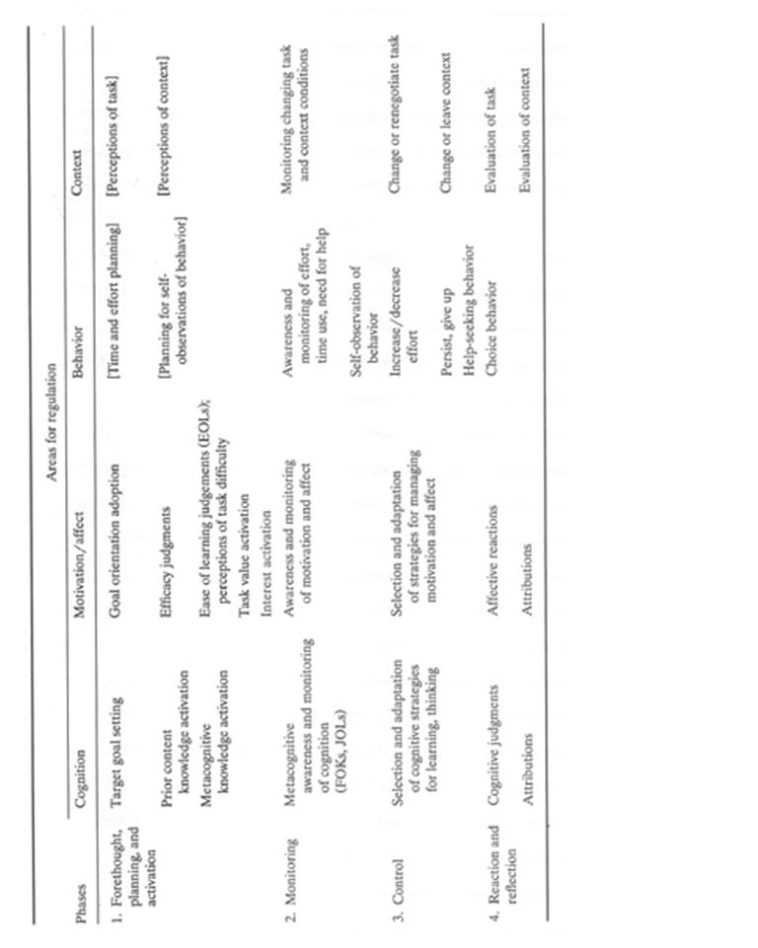As discussed in Part 1, research examining effectiveness of online and face-to-face instructions fall under three categories. In this post, i will analyze a few empirical studies in each of the categories. In doing so, you will have a better understanding of the topics that are frequently examined in online studies.
Category 1: No significant difference in effectiveness of online and face-to-face learning
As shown in Table 1, Leasure, Davis, and Thievon (2000), Johnson (2002), Smeaton and Keogh (1999), and Thirunarayanan and Perez-Prad, (2001) are among the studies that found no significant difference in the learning outcomes of students in online and face-to-face environments. At first glance, it is clear that apart from Smeaton and Keogh’s (1999) study, the rest of students in above studies were enrolled either in education (Thirunarayanan & Perez-Prad, 2001) or medical science (Johnson, 2002; Leasure et al. 2000) courses. This is not consistent with the findings of Zhao et al. (2005) who suggested that online students enrolled in medical science courses are much more likely to perform better than their face-to-face counterparts.
As demonstrated in Table 1, not all instructors demonstrated high levels of involvement in the above studies. For example, Johnson (2002) reported that the instructor was not responsible for writing the final exam in their study, which reflects in low levels of instructor involvement in the course. On the other hand, both Thirunarayanan and Perez-Prad (2001), and Smeaton and Keogh (1999) reported that instructors were highly involved in their courses. This is not consistent with the findings of Zhao et al. (2005) who argued that online students would generally perform better than face-to-face students when the instructors is highly involved in the course. The following section will critically analyze the studies that found online learning to be more effective than face-to-face learning. In doing so, the present post will examine the key characteristics that may contribute to students’ learning outcomes in online learning environments.

Category 2: Online learning is more effective than face-to-face learning
As shown in Table 2, Campbell et al. (2002), Maki et al. (2000), Schoenfeld-Tacher et al. (2001), and Dutton et al. (2002) are among the studies that found online learning to be more effective than face-to-face learning. The critical review of the above studies indicated that apart from Dutton et al.’s (2002) study, students in the above studies were enrolled either in accounting (Campbell et al., 2002), introductory psychology (Maki et al., 2000) or Histology (Schoenfeld-Tacher et al., 2001). Again, this is not consistent with the findings of Zhao et al. (2005) since none of the above courses fall under the categories of education, medical science, or computer science courses.
With respect to instructor involvement, the analysis of the above studies also indicated that instructors were generally highly involved in the courses. This is consistent with the findings of Zhao et al. (2005) where instructor involvement was found to be a significant contributor to students’ learning outcomes in online courses. However, one cannot overlook the fact that results from the above studies partially contradicted the findings of Zhao et al. (2005), since course content did not appear to influence the performance of online students within their courses. The following section will critically analyze whether course content and instructor involvement contributed to the performance of online students in studies that found face-to-face learning to be more effective than online learning.
 Category 3: Face-to-face learning is more effective than online learning
Category 3: Face-to-face learning is more effective than online learning
As shown in Table 3, Anstine and Skidmore (2005), Faux and Black-Hughes (2000), and Ferguson and Tryjankowski (2009) are among the studies that found face-to-face instruction to be more effective than online learning. The critical review of the above mentioned studies indicated that apart from Anstine and Skidmore’s (2005) study, instructors were highly involved in the courses. Again, this is not consistent with the findings of Zhao et al. (2005), since the authors reported that high instructor involvement will positively contribute to the performance of online students.
With respect to course content, the contents did not fall under business, computer science, or medical science categories, which may justify the performance of face-to-face students in the above courses. However, it is difficult to interpret the findings of the above studies since Faux and Black-Hughes (2000) and Ferguson and Tryjankowski (2009) reported high levels of instructor involvement in their courses. Therefore course content and instructor involvement may not necessarily play an instrumental role in success of students in online settings.
 Summary
Summary
The critical analysis of studies partially contradicted the findings of Zhao et al. (2005), where the authors reported that effectiveness of online learning may be significantly associated with course content and level of instructor involvement. Although Zhao et al. (2005) claimed that their meta-analysis provided a clear pattern for understanding the role of environmental characteristics within online learning environments; the present critical analysis was unable to confirm these claims in studies that were not included in Zhao et al. (2005).
Overall, to date, the results have been mixed from studies which examined the academic outcomes of students in online and face-to-face learning environments. Some studies have found no significant differences in the academic outcomes of students in online and face-to-face settings, whereas other studies have either supported or condemned the use of technology in higher education institutions.
References
Anstine, J., & Skidmore, M. (2005). A small sample study of traditional and online courses with sample selection adjustment. Journal of Economic Education, Spring 2005, 107-127.
Campbell, M. C., Floyd, J., & Sheridan, J. B. (2002). Assessment of student performance and attitudes for courses taught online versus onsite. The Journal of Applied Business Research, 18, 45-52.
Faux, T. L., & Black-Hughes, C. (2000). A comparison of using the internet versus lectures to teach social work history. Research on Social Work Practice, 10, 454-466.
Ferguson, J., & Tryjankowski, A. M. (2009). Online versus face-to-face learning: Looking at modes of instruction in Master’s-level courses. Journal of Further and Higher Education, 33, 219-228.
Johnson, M. (2002). Introductory biology online: Assessing outcomes of two student population. Journal of College Science Teaching, 31, 312-318.
Leasure, A. R., Davis, L., & Thievon, S. L. (2000). Comparison of student outcomes and preferences in a traditional vs. world wide web-based baccalaureate nursing research course. Journal of Nursing Education, 39, 149-154.
Maki, R. H., Maki, W. S., Patterson, M., & Whitaker, P. D. (2000). Evaluation of a web-based introductory psychology course: I. learning and satisfaction in on-line versus lecture courses. Behavior Research Methods, Instruments, & Computers, 32, 230-239.
Schoenfeld-Tacher, R., McConnell, S., & Graham, M. (2001). Do no harm—A comparison of the effects of on-line vs. traditional delivery media on a science course. Journal of Science Education and Technology, 10, 257-265.
Smeaton, A. F., & Keogh, G. (1999). An analysis of the use of virtual delivery of undergraduate lectures. Computers & Education, 32, 83-94.
Thirunarayanan, M. O., & Perez-Prado, A. (2001). Comparing web-based and classroom-based learning: A quantitative study. Journal of Research on Technology in Education, 34, 131-137.
Zhao, Y., Lei, J., Yan, B., & Tan, S. (2005). What makes the difference? A practical analysis of research on the effectiveness of distance education. Teacher College Record, 107, 1836-1884.
















